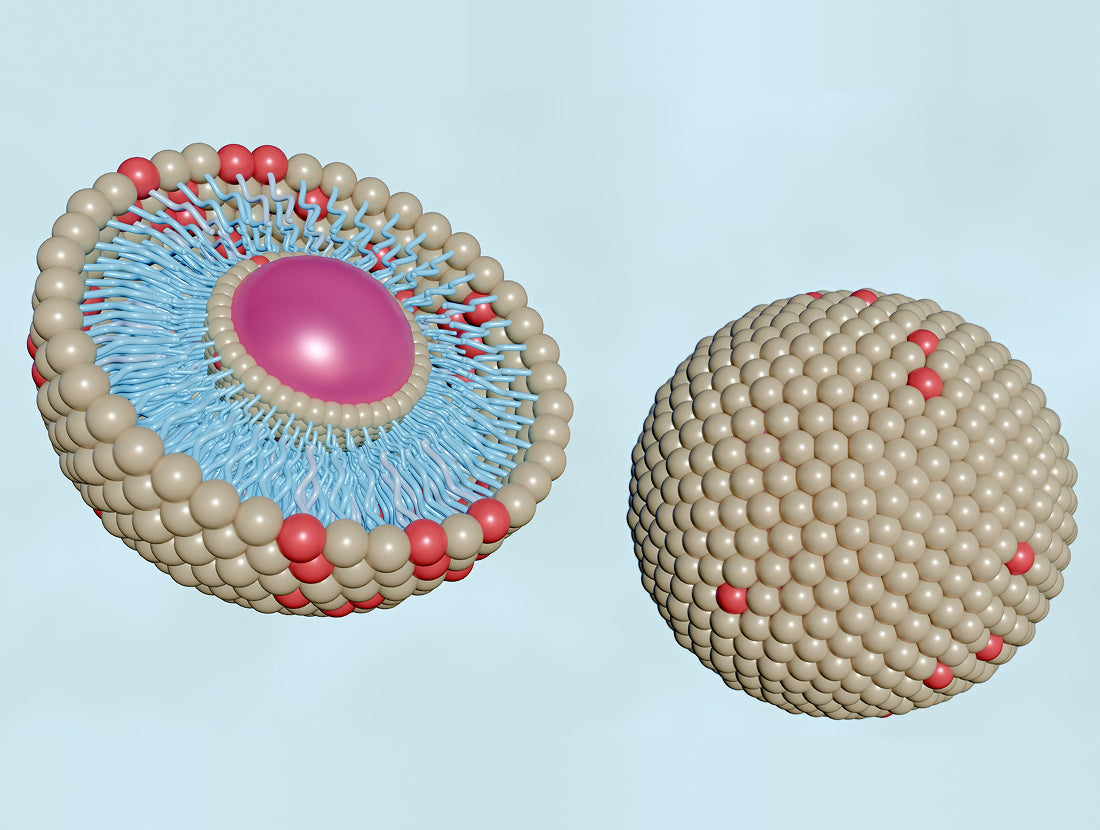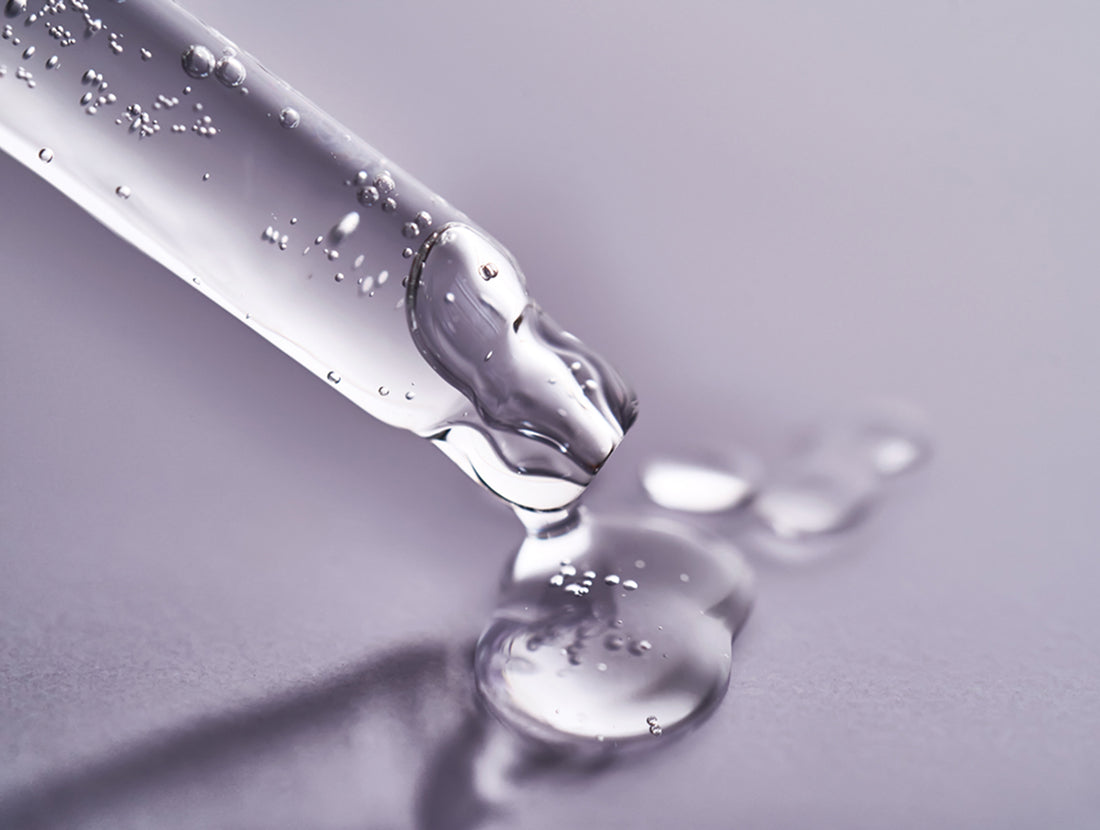** Updated July 2025
The thought of rubbing acid into your skin does not conjure up a good image, yet it is a completely safe and normal occurrence that many people routinely do to keep their skin looking fresh, youthful and clear. While skimming through the long list of ingredients found on many anti-aging-acne-fighting-skin-smoothing products you’ll notice alpha-hydroxy acid (AHA) and its many forms near the top of the list. This is no mistake as AHAs are becoming more common in cosmetics and skin care treatments due to its ability to significantly and noticeably refine the topmost layer of skin. Let’s delve a bit deeper into what AHA is and the top 3 acids defined as an AHA that your skin may be yearning for.
What is AHA?
Alpha-Hydroxy Acids (AHAs) are substances organically found in nature and are sometimes referred to as fruit acids. AHAs are utilized in many skin care products, especially exfoliators, because the acids are water soluble and easily penetrate the skin.
The mucopolysaccharides that bind skin cells together are loosened by AHAs, effectively ungluing dead skin cells to the surface of the dermis. This “glue” thickens as we grow older and is one part of the reason visible aging occurs. At this point, dead skin is sloughed away and natural cell-turnover is promoted thus revealing younger, clear skin.
The benefits of continued AHA use can be seen in as little as 4-6 weeks. If using the correct formula for your skin type, you will see a decrease in visible signs of aging like fine lines and wrinkles. It will also reduce hyper-pigmentation, brighten dull skin, and promote collagen synthesis for a plumper skin appearance.
Three Common AHA and Some of Their Origins:
- Glycolic acid - sugar cane, pineapple
- Lactic acid - sour milks
- Citric acid - lemons, limes, oranges, grapefruits
1. Glycolic Acid

Glycolic acid is the most common AHA in cosmetic products due to its molecular structure, anti-aging and acne reducing qualities. The sugar cane derived acid is the smallest AHA and is tiny enough to deeply penetrate the dermis. Glycolic acid promotes cell-turnover and washes away any dead skin cells that resist natural shedding. After removing stubborn dead cells, new healthy skin is revealed, black heads and dark-spots diminish, and the sight of fine lines and wrinkles are reduced. As we age, the process of cell-turnover drastically slows so working glycolic acid routinely into your skin care regime is essential for a vibrant appearance.
 Our Pick: ClarityRx Restore It | 7.5% Glycolic Exfoliator
Our Pick: ClarityRx Restore It | 7.5% Glycolic Exfoliator
2. Lactic Acid

Much like glycolic acid, lactic acid has numerous anti-aging benefits resulting from sweeping away dead cells from the top layer of the dermis. Dry skin benefits most from lactic acid because it hydrates the natural skin barrier lipids, and it softens the texture of flacky, rough patches. Since lactic acid is larger in size, it does not penetrate the skin as deeply and is less irritating to those with sensitive, post-procedure or rosacea skin. Other notable positive outcomes of routine lactic acid use are reduction of hyper-pigmentation, evening and brightening of skin tone, and reduction of superficial pimple/acne scars.
Our Pick: Obagi Nu-Derm Exfoderm Forte
3. Citric Acid

The citric acid found in makeup and skin care products are pulled from natural fruit sources containing a high level of acidity such as oranges, grapefruits, limes, lemons, etc. This particular AHA often has a pH level between 3-4 which is low enough in comparison to human pH levels to powerfully dissolve the proteins that cause dead skin cells to stick around. Vitamin C of citric acids also supply antioxidants that fight off free radical damage that is the root of visible aging.
Our Pick: Jan Marini Transformation Serum
Concerns of AHAs
Though AHAs are derived from natural ingredients, sensitive skin types may accrue mild symptoms such as redness, burning, and itching. However, it is OK to experience tingling upon application since the acid is penetrating the skin’s barrier and working its magic. It is best to start off slow and build up to daily use. Even though AHAs are working to repair previous photo-aging, the skin becomes more susceptible to sunburns and photo-aging in response to unblocked sun-rays. So absolutely don’t forget to slather on that UVA/UVB broad-spectrum sunscreen!





